accessiBe is one of the most talked-about web accessibility tools available today. It helps take a lot of the manual work out of becoming ADA compliant by making it quicker and easier to identify web accessibility issues on your site.
- Categories (3)
- Guides - Platform
- Guides - Reviews
- Technical
Web Accessibility Germany: A Detailed Compliance Guide
Web accessibility lawsuits are on the rise across Europe, including Germany.
If your website is not BGG compliant, you’re at risk of having to deal with high legal costs and a damaged brand reputation.
According to Statistisches Bundesamt, there are 7.8 million severely disabled people living in Germany
So, what does this mean for your business?
If your website is not accessible to everyone, you are opening your brand up to a large number of potential lawsuits. You are also losing on a lot of potential customers and closing your brand off to additional revenue streams.
Fortunately, we have put this detailed guide together to ensure you tick all the right boxes.
Key Takeaways
-
BITV 2.0, which enforces web accessibility in Germany, applies to public sector websites and apps.
- The key on-site elements that need to comply with the latest WCAG standards include media, links, color, formatting, and site structure.
-
Organizations must also publish accessibility statements detailing their compliance level, exceptions, and contact information for accessibility concerns.
-
Non-compliance can result in legal consequences, including arbitration, fines, lawsuits, and reputational damage.
The BGG Explained
Germany has two different laws that relate to web accessibility, the first of which is the Disability Equality Act (BGG– Behindertengleichstellungsgesetz).
Passed in 2002, the BGG is made up of laws that protect people with disabilities against discrimination, ensuring they have the same rights and opportunities as everyone else. This includes German citizens with hearing, mental, speech and physical disabilities.
The act states that any individual with known disabilities is entitled to equal access to goods and services without barriers or difficulty.
Organisations that fail to be BGG compliant could face financial liabilities.
The BITV Explained
Next, there is the BITV 2.0, which is the Federal Ordinance on Barrier-Free Information Technology. The BITV (Barrierefreie-Informationstechnik-Verordnung)
was created after the BGG was passed and is based on Web Content Accessibility Guidelines (WCAG 1.0), which is the benchmark of web accessibility.
The Ordinance guarantees unrestricted access to and usage of information and communication technology for everyone regardless of ability.

It should also be noted that European web accessibility standards (EN 301-549) have also been incorporated into the BITV 2.0. This means that over and above the usual requirements, German websites need to publish an accessibility statement listing any areas of the site that don’t meet the required standards.
Barrierefreie-Informationstechnik-Verordnung (BITV) 2.0
Barrierefreie-Informationstechnik-Verordnung (BITV) 2.0, the German regulation for accessible information technology, supports Germany’s Federal Disabled Equalization Law (BGG).
The Ordinance guarantees unrestricted access to and usage of information and communication technology for everyone regardless of ability.
The BITV was issued in July 2002 after the BGG was passed and was first based on the original Web Content Accessibility Guidelines (WCAG 1.0), which is the benchmark for web accessibility.
In September 2011, the Barrierefreie Informationstechnik-Verordnung Ordinance conformance requirements were updated to BITV 2.0, which adopts the most updated standards for accessible web content, WCAG 2.0.
It should be noted that European web accessibility standards have also been incorporated into BITV 2.0. This means that over and above the usual requirements, German websites need to publish an accessibility statement listing any areas of the site that don’t meet the required standards.
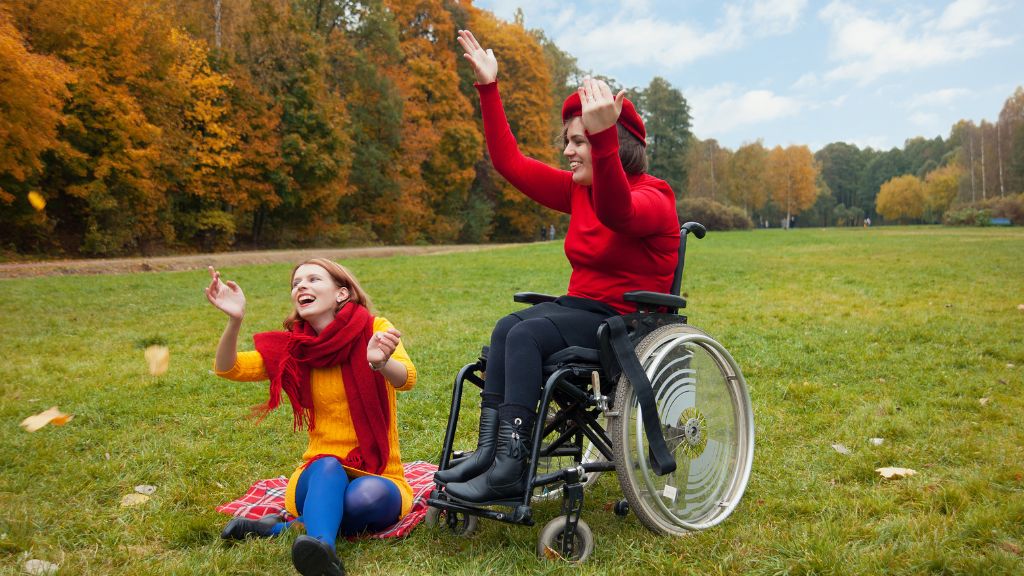
Do the BGG and BITV Apply to Your Website?
As with Section 508 in the United States, the BGG and BITV apply to all German public bodies and federal agencies as well as any vendors, contractors, and partners affiliated with those agencies.
If your business falls into one of these categories, you are legally obligated to provide barrier-free access to any digital platforms you’ve developed.
These regulations affect:
- websites
- mobile apps
- intranets, extranets
- electronically supported administrative processes
- graphical program interfaces
You also need to publish a declaration on the accessibility of your online and digital platforms and report on the status of accessibility every 3 years.
A More Accessible Society for All
A large percentage of websites are still not accessible to people with disabilities. To prove this, accessiBe conducted a study that included 10 million websites. After testing for accessibility compliance, it was found that close to 100% of menus failed, as did over 70% of buttons, forms and pop-ups.

Imagine wanting to interact with a site but finding that you cannot navigate to different pages or use the website in the way that you were hoping. This is the case for millions of people living in Germany.
Making your website accessible is the right thing to do and you get to protect your brand and business over the long run.
Web accessibility lawsuits don’t just affect big brands either, even smaller businesses are being hit with a demand letter.
The Consequences of Non-Compliance
In accordance with section 16 of the German Act on Equal Opportunities for Persons with Disabilities, an arbitration service has been set up to help resolve conflicts between those living with disabilities and the businesses that fail to comply with the necessary web accessibility standards.
The first port of call is for the plaintiff to submit a complaint via the arbitration service’s website.
The aim is to then work together to solve the accessibility issue without having to take the matter to the courts.
If the plaintiff is unhappy with the steps taken to correct the problem, it can be taken to court.
The result is high and unnecessary legal fees and damage to your brand’s reputation.
To put the potential financial ramifications into perspective, one of the first web-accessibility cases in the US resulted in a claim of over $1 million. And this is just one of many lawsuits that have occurred over the past few years globally.
What Steps to Take Next….
It’s no secret that governments across the globe are taking web accessibility very seriously, so to save you time, money and a lot of hassle, it makes sense to comply sooner rather than later.
Not only can you avoid the financial losses and keep your brand’s reputation in check, but you can support a movement that aims to create a more equal society for all.
Let’s guide you through how you can achieve this.
Why WCAG Matters
Becoming compliant all starts with being aware of the Web Content Accessibility Guidelines. It’s the standard that most web accessibility acts are based on. When anyone first opens this document though, it’s clear to see why web accessibility standards are avoided – there’s a lot of information to sift through.
The good news is we have simplified things for you so that you can comply and enjoy greater peace of mind.
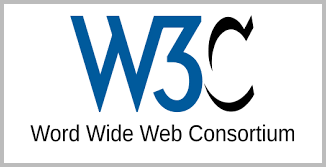
The website elements to focus on
Making your website accessible starts with focusing on a few key elements on your site, including:
- Media. Any informative image on your site should have alternative text and any videos and audio clips should have subtitles or transcripts. This ensures anyone can access a description of the media on your site should they not be able to see or hear it.
- Links. Generic links cannot provide someone with a visual disability with context, which is why your site needs to have descriptive links instead.
- Colour. Since colour is also used to convey meaning on a website, alternative text is required here. A sufficient colour contrast ratio is also necessary for visitors with low vision and color blindness.
- Formatting. How easily could someone skin the content on your site? Are your fonts accessible? If not, this has to change. And for visitors who zoom in to read text, it’s important that your site does not lose any functionality.
- Structure. Accessible sites incorporate semantic markup to make content and other data easier to read, this includes elements such as headings, headers, footers and tables. It’s also essential for someone to be able to navigate your website using just a keyboard.
In the end, your website needs to be perceivable, operable, understandable and robust for visitors with visual, auditory, cognitive and motor impairments.
An accessible website doesn’t just stop at adequate technology functions either. It’s still important to consider who your visitors are and what difficulties they could face when interacting with your site. Age, education, language and cultural differences should also be considered as you make changes to your site.
What Do You Need to Do to Be BGG and BITV Compliant?
You need to:
- Meet WCAG accessibility standards
- Publish an accessibility statement
Let’s start by looking at the standard web accessibility guidelines.
Meeting WCAG accessibility requirements
To meet the necessary WCAG standards and be fully BGG complaint, there are two steps you need to take:
1. Add a website accessibility interface to your site
This interface ensures that visitors can easily adjust the design and layout of your site in a way that meets their needs. These interfaces cater to visitors with:
Visual impairments. Website visitors will be able to adjust the size and colour of text.
Cognitive disabilities. Anyone with debilities such as autism or dyslexia will be able to better understand the content on your site.
ADHD. Create a less distracting experience for those with neurodevelopment disorders.

2. Apply assistive technologies
These technologies were also created to provide users with disabilities with an easier way to navigate and engage with online platforms and apps. There are two main types of assistive technologies:
Screen readers. Designed for visually impaired users, screen readers make it possible for anyone to consume content and media more easily. Screen readers work hand in hand with elements such as alternative text.
Navigation tools. This technology is for visitors who don’t have full motor function. The result is faster navigation and the ability to use specific keyboard keys and shortcuts to perform certain actions. This way, a visitor doesn’t require a mouse to use your site.
Publishing an accessibility statement
As mentioned earlier, to comply with European laws that were incorporated into the BITV, every German site owner also needs to publish an accessibility statement.
The statement outlines a site owner’s commitment to providing an accessible experience for everyone and the guidelines and standards that were followed to make this possible.
If there are any accessibility exceptions, these should be covered too. Lastly, anyone must know who they can contact should they encounter accessibility problems not outlined in the exceptions.
Be sure to place this document in an accessible place on your site.

The Number 1 Web Accessibility Provider in Germany
By now, you’re probably wondering where to start, but what you should also know is that there is no need to make all these changes to your site manually. What’s more, manual implementation of these guidelines is both costly and time-consuming.
So, what’s the solution?
The answer is automated accessibility tools or an expert manual audit from an IAAP-certified organization like AccessibilityChecker.org.
Pro Tip: If possible, don’t rely solely on automated tools. It’s always best practice to combine automated testing with manual checks by real users, including people with disabilities. This ensures your site meets not just BITV requirements, but also real-world accessibility needs.
 Try accessiBe
Try accessiBe
- WCAG
- ADA
- AODA
- Section 508
- EAA
- Simple, affordable, effortless, and compliant worldwide
- 7-day free trial
- Account managers available to guide you
- 5 min installation and 48-hour compliance process
- Built specifically for websites and small and medium-sized businesses (SMBs)- some web apps might not be compatible

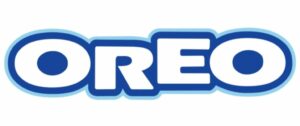
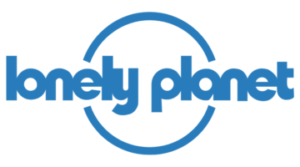
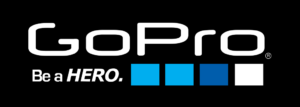
Discover Where Your Website Stands
Get a Free Website Scan
Before you go ahead with these changes, you may want confirmation on exactly where your website stands in terms of web accessibility.
AccessibilityChecker.org can provide you with a free site audit.
The report outlines any web accessibility issues that are present and tells you how to fix them. This way, you can tackle compliance before these become bigger concerns.
Don’t forget to follow us on Reddit for regular web accessibility updates and news.
The German equivalent of the Americans with Disabilities Act (ADA) is the Behindertengleichstellungsgesetz (BGG), or Disability Equality Act. Enacted in 2002, the BGG aims to eliminate discrimination against people with disabilities and ensure equal access to public services, digital information, buildings, and transportation. It works alongside the BITV 2.0 (Federal Ordinance on Barrier-Free Information Technology), which sets specific accessibility requirements for websites and digital services, similar to how the ADA covers both physical and digital accessibility in the U.S.
The BITV (Barrierefreie-Informationstechnik-Verordnung) is a German regulation that requires public sector websites and digital services to meet accessibility standards. It’s based on WCAG 2.0 and applies mainly to government bodies under the German Disability Equality Act (BGG).
If we look at the EAA (European Accessibility Act), this is an EU-wide directive that applies to the private sector, covering products and services like e-commerce, banking, and smartphones. Member states must implement it by June 2025. It aims to harmonize accessibility across the EU and improve access for people with disabilities.
The EAA (European Accessibility Act) is a law that requires certain digital products and services in the EU to be accessible. The WCAG (Web Content Accessibility Guidelines), on the other hand, is a technical standard that explains how to make web content accessible.
In short: EAA is the legal requirement, and WCAG is the guideline used to meet it.
Accessibility Checker
Scan your website for accessibility related issues for free




